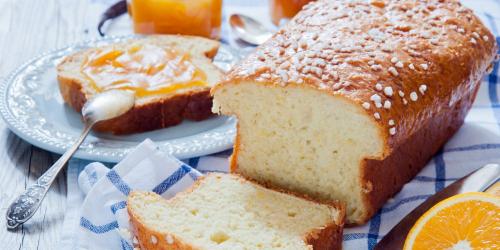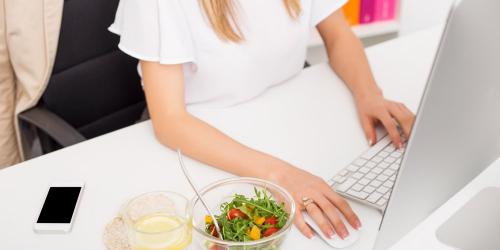1 - Wash and disinfect ed its work plan is the m Even thing
False. If you do not clean your work plan first, there is no point in disinfecting it because any food waste can continue to develop a whole bunch of germs.
To clean your kitchen : you put a clean sponge in soapy water and you scour the crumbs, traces and other greasy trails that trap food scraps. Second phase (not always necessary if the cleaning is rigorous): disinfection. Rather with vinegar water. You can also opt for eco products type You (rechargeable) or Method (both are available in supermarkets) that do not leave chemicals on the worktop. Rinse with drinking water. Finally, we wipe clean towel.
As for the fridge , another strategic place and at high risk of bacterial contamination: it is preferably cleaned every 15 days (at least once a month) with soapy water to remove grease and can be disinfected with vinegar water which creates a zone hostile to bacteria.
The info hygiene è do more: Beware of bleach: in the long run it may cause micro-cracks especially on rubbery areas then come to hide bacteria.
2 - He should wash hands ess that one passes from one food to another
True. This hygiene gesture is as essential in everyday life as in a kitchen: it reduces the risk of contamination during the preparation of dishes. Moments you need to be most careful of when you eat raw foods and foods that have a little soil like carrots, turnips, cabbage or potatoes. Obviously, we wash our hands after coughing, sneezing or flicking.
The info hygiene è do more: a precaution that is also after touching potentially contaminated object such as a telephone, the trash or a door wrist.
3 - Apron : we wash it once a week
False. And to say that we found the rhythm already very regular ... But the rules of hygiene are, they, much more strict and recommend to wash in the machine his apron of kitchen after each use. Look at the Top Chef and Masterchef candidates: at each new event their kitchen clothes are white as snow.
The info hygiene è do more: favoring cotton aprons instead plasticized harder to wash.
4 - cong e freezer kills the bacterium é ries
False ... But it slows down their development considerably. It's like the bacteria are hibernating. They therefore remain at a non-toxic level. On the other hand, as soon as the thawing begins, these germs resume their proliferation. This is why you should not refreeze a thawed product: the level of bacterial contamination becomes too high.
The info hygiene è do more: To check the freezer remains at its proper temperature (-18 ° C), just put a small bottle of water half full. Once the water is frozen, we return it. And if by opening its freezer, we see that the frozen water has moved because it has melted at a time: so there was a long enough break of the cold chain. There is no longer the chx: you have to throw everything away.
5 - Temp e erasures fridge plays on hygiene è do
True. It is often the great neglected French cuisine. Yet it is one of the hallmarks of hygiene. So, we watch its temperature: 4 ° C max. Temperature ceiling not to break the cold chain and enter the vicious circle of bacteria production. The constant cold produced by the fridge also depends on the tightness of the door seal.
The info hygiene è do more: To verify that there are no cold loss, the site alimentation.gouv.fr recommends the following trick: "Close the refrigerator door on a sheet of paper and then try to remove it. If it resists and tears, the seal is good. Otherwise the seal is to change. "
For more information on hygiene in the kitchen: www.alimentation.gouv.fr




